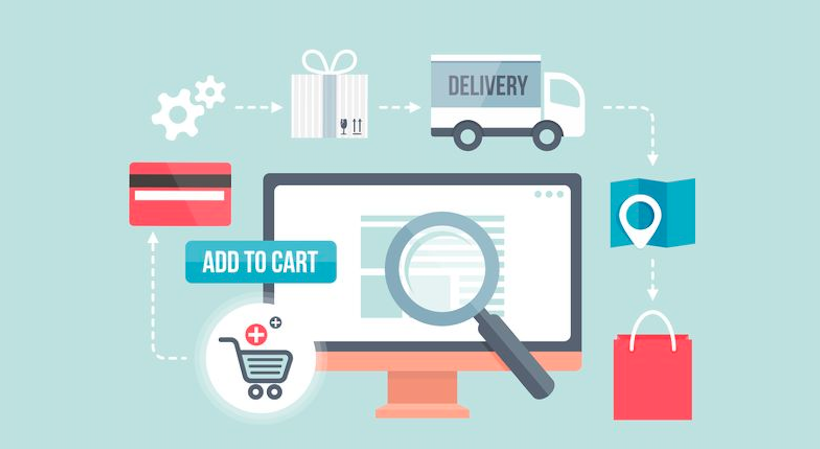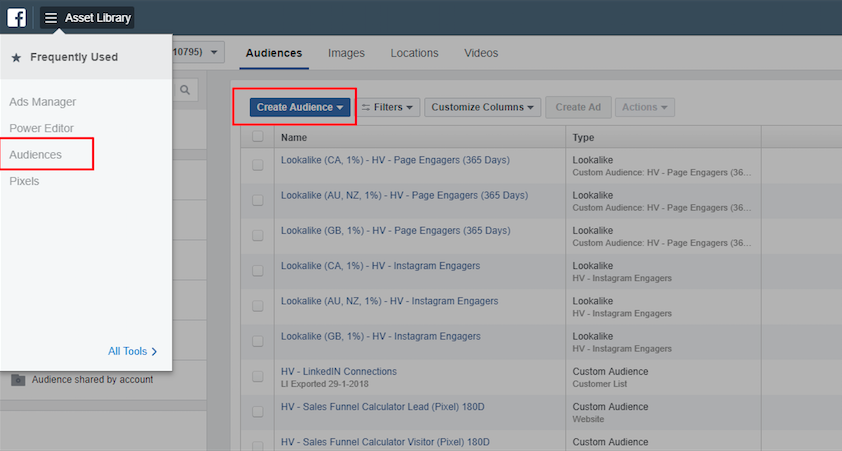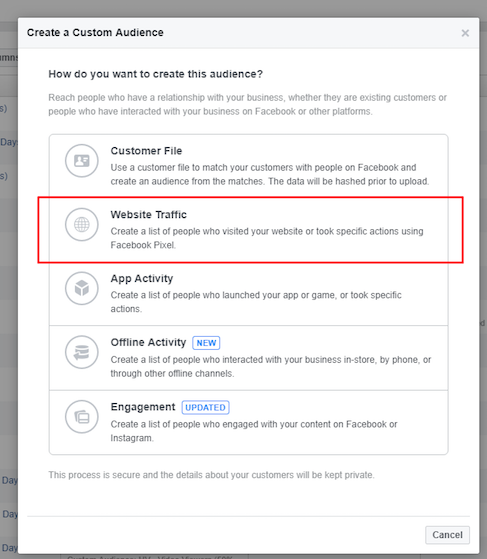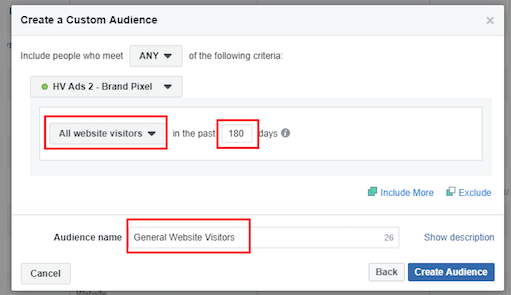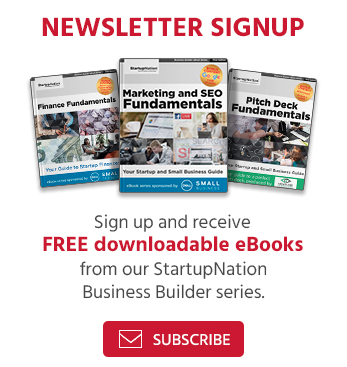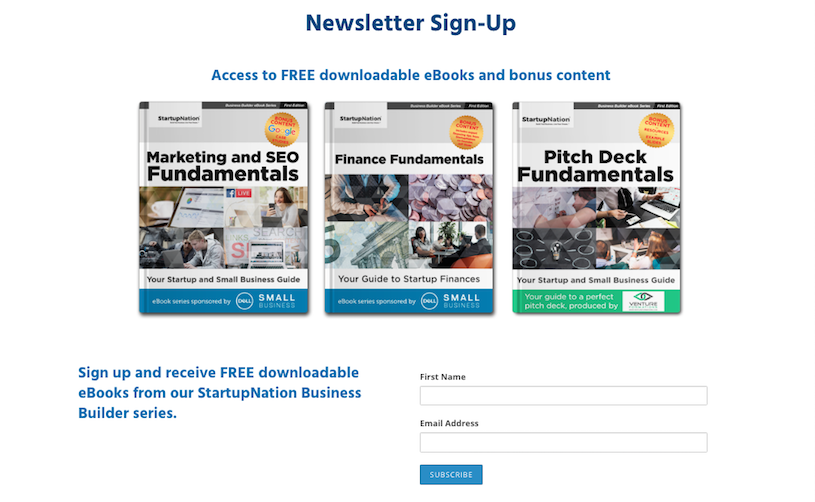Most entrepreneurs think that, in order to sell more of their products and services, they need more traffic, more visitors, more page hits, to spend more money on advertising, etc. While I totally get it (because getting new visitors and potentially new customers is the lifeblood of your business), sometimes you can get even more revenue from the traffic and visitors you already have by applying some simple tweaks to your online assets.
I’m going to share with you three simple ways to get more revenue and sales, without having to get extra traffic or extra visitors, or spending more money on advertising. Once you apply these three techniques, you can focus your efforts on getting more eyeballs to your website, since at that point you’ll be certain that your results will be better.
First, let me tell you why a “cold traffic centric” vision doesn’t work. By “cold traffic centric,” I mean those people who are too focused on getting new visitors, without tapping into the huge potential than “returning” visitors present. Think about this for a minute: when somebody visits your website, many of them are seeing it for the first time. Most human beings need some time before they make a purchase decision. So expecting people to make a purchase just because you have a nice website can present issues.
With that said, a visitor that lands on your website, browses around and then leaves, is usually a visitor lost forever. That is, unless you apply one of the three techniques below.
Let’s begin…
Technique #1: Recapturing that traffic
It is said that the most expensive visitor is a new visitor. If you’re investing time and money in SEO, Google Adwords, Facebook Ads, billboards, or any other type of advertising, you’re paying for every new visitor that lands on your website.
When a visitor lands for the first time, this is considered a “new” visitor. And you’re paying more for that visitor than for a visitor that’s checking out your website for the second, third or fourth time.
Moreover, first time visitors tend to have the highest bounce rate (meaning that they bounce out of your website faster than a returning visitor). They are not yet committed to your brand, and haven’t spent some time surfing around your site. But oftentimes, they’ll go away to never return.
The good news is that you can “follow around” this first time visitor on other websites, using the power of retargeting or remarketing. Specifically, I love doing Facebook advertising retargeting since most people spend a lot of time on Facebook anyways.
What I do is to create an audience based on the people that visit my website, then I serve ads to them. You can do this within your Facebook Ads manager, and install the Facebook pixel on your entire website.
By doing this, you’re leaving a cookie on your visitors browser that Facebook links to their profile within the platform. Additionally, you create ads specifically for this audience that have at least one touchpoint with your brand, making it much more familiar.
You’ll also notice that when a person re-visits your website, they are much more prone to buy and the cost to acquire this returning visitors is way less.
With that said, let’s move on to technique number two…
Related: Entrepreneurs, is Your Product Fit For the Market?
Technique #2: Keep the conversation going
As I mentioned before, people need several touchpoints with your brand before making a purchasing decision. When entrepreneurs send cold traffic (new visitors) to a sales page, they get low conversions because it’s like asking for marriage on the first date. As you wouldn’t do this if you want to have a long lasting relationship with the other person, you want to foster a relationship with your potential clients, too.
One of the best ways of doing this is by getting potential customers to sign up for your email list. However, just saying “Hey! Sign up for my email list to get news updates” is not a good route. The best way to accomplish this is by offering something valuable (usually a piece of free content or free advice) in exchange for an email. These pieces of free content or free advice are known as “lead magnets” because they are an ethical bribe to get your visitor’s email address.
For example:
This is a far more effective approach than using the “subscribe for updates” strategy, because the prospect gets some immediate value out of your brand. That leaves a positive, long-lasting impression and effect, and now you have their email address to keep communicating with them on a recurring basis.
The amount of email that you send to these prospects depends on your brand, your niche and your industry, but the premise is always the same: give value first, sell to them later. You need to treat email marketing as you would a follow-up call: most entrepreneurs stop following up with potential clients a couple of calls short to getting the sale. The same happens with email. In other words: just keep sending emails!
Sign Up: Receive the StartupNation newsletter!
Technique #3: Test different pages
Savvy marketers and entrepreneurs allow data to call the shots, so we test everything there is to test. This includes your website layout and content, as well as the headlines, product images, etc.
This is also known as split or A/B testing. It’s basically a way of having two different designs for a landing or sales page, and sending equal amounts of traffic to each variation or design. At the end of the day, one of them will perform better than the other in terms of conversions. What you then do is to keep the winning design and get it to compete with another design, and so on.
This is a never ending process, and big companies spend a sizeable amount of money with their split testing efforts. However, as a startup, there’s a simple way of split testing your pages to make sure you always have the best possible version of your website served to your visitors.
While this is a complex subject, realistically you only need to test five factors of any webpage to make sure they convert as high as possible:
- Design
- Headlines
- Product images
- Call To Action (CTA) text
- Call To Action (CTA) color
First, test the current design and layout of your landing and product pages versus a new one that you haven’t tested before. Grab the winning design and test the headlines of your pages. Third, test the product images or general images on your landing pages. Fourth, test the call to action text and fifth, test the call to action colors.
This process could become a bit complicated, so in some instances, you might be better off hiring a firm or an expert to execute it. In any case, the process can boost your revenue with the same traffic and visitors you already have in place.


